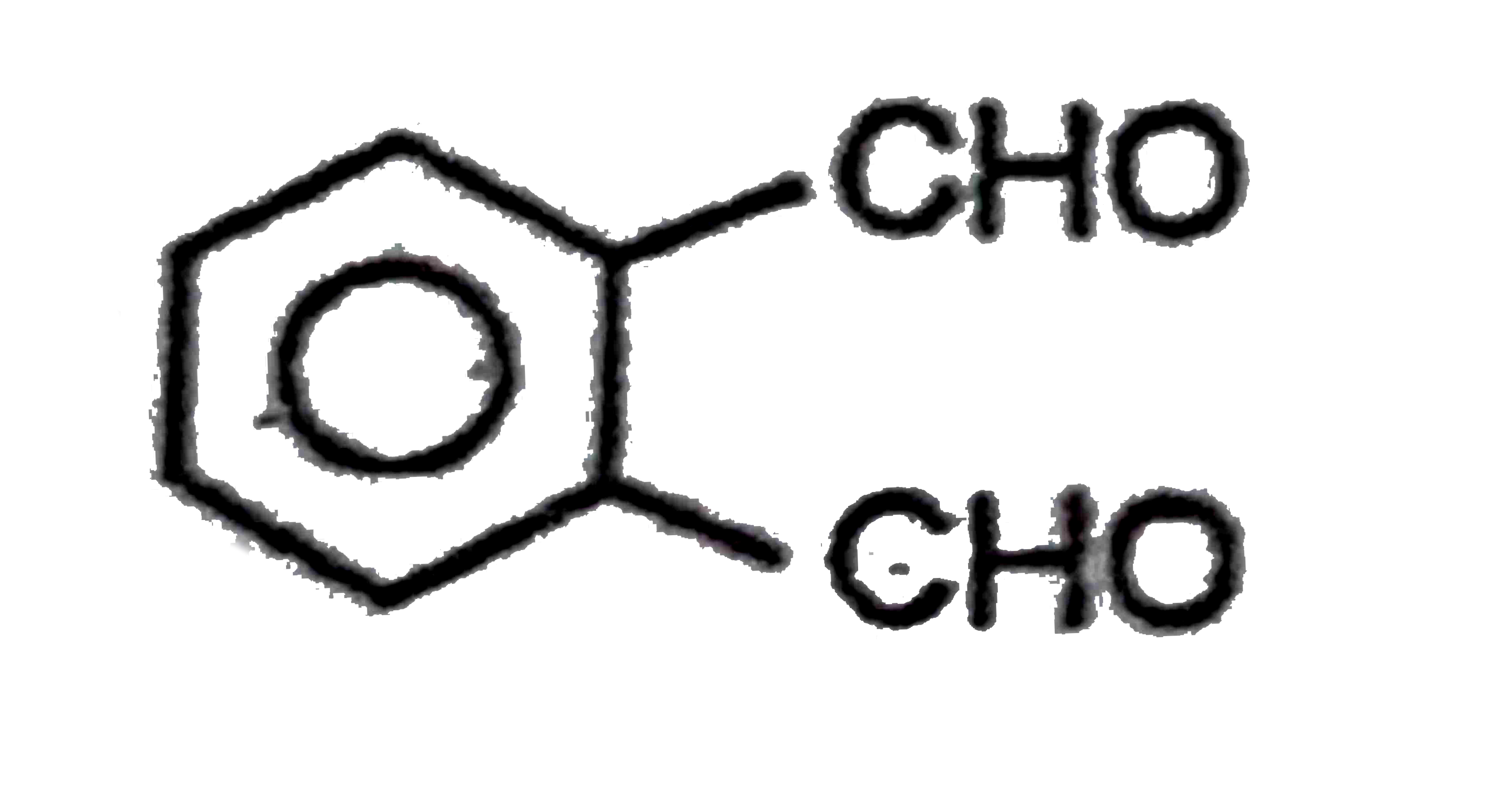Q. Isopropyl bromide on heating with a concentrated solution of alcoholic (ethanolic) KOH predominantly gives
Propene
Propan-2-ol
Propan-1-ol
Isopropyl ethyl ether
The correct Answer is:A
To solve the question regarding the reaction of isopropyl bromide with concentrated alcoholic KOH, let's break it down step by step:
1. Identify the Reactants:
- The reactant is isopropyl bromide, which has the chemical structure CH3CHBrCH3.
2. Understand the Reaction Conditions:
- The reaction is conducted with concentrated alcoholic KOH. Alcoholic KOH is a strong base and promotes elimination reactions (dehydrohalogenation) rather than substitution reactions.
3. Determine the Type of Reaction:
- Given that we have a strong base (KOH) in an alcoholic solution, the reaction will favor an elimination reaction (E2 mechanism) leading to the formation of an alkene.
4. Elimination of HBr:
- In the elimination process, the bromine atom (Br) and a hydrogen atom (H) from adjacent carbon atoms are removed. This results in the formation of a double bond between the two carbon atoms.
5. Formation of the Product:
- The elimination of HBr from isopropyl bromide leads to the formation of propene, which has the structure CH3CH=CH2.
6. Write the Balanced Reaction:
- The overall reaction can be summarized as:
CH3CHBrCH3+KOH (alc)→CH3CH=CH2+HBr
7. Conclusion:
- The predominant product of the reaction is propene.
Final Answer:
Isopropyl bromide on heating with a concentrated solution of alcoholic KOH predominantly gives propene.
---
- The reactant is isopropyl bromide, which has the chemical structure CH3CHBrCH3.
- The reaction is conducted with concentrated alcoholic KOH. Alcoholic KOH is a strong base and promotes elimination reactions (dehydrohalogenation) rather than substitution reactions.
- Given that we have a strong base (KOH) in an alcoholic solution, the reaction will favor an elimination reaction (E2 mechanism) leading to the formation of an alkene.
- In the elimination process, the bromine atom (Br) and a hydrogen atom (H) from adjacent carbon atoms are removed. This results in the formation of a double bond between the two carbon atoms.
- The elimination of HBr from isopropyl bromide leads to the formation of propene, which has the structure CH3CH=CH2.
- The overall reaction can be summarized as:
CH3CHBrCH3+KOH (alc)→CH3CH=CH2+HBr
- The predominant product of the reaction is propene.
Isopropyl bromide on heating with a concentrated solution of alcoholic KOH predominantly gives propene.
Topper's Solved these Questions
- BOOK - PRADEEPCHAPTER - HALOALKANES AND HALOARENESEXERCISE - Competition Focus (JEE (MAIN AND ADVANCED)/MEDICAL ENTRANCE SPECIAL (INTEGER TYPE QUESTIONS - VI))9videos
HALOALKANES AND HALOARENES
- BOOK - PRADEEPCHAPTER - HALOALKANES AND HALOARENESEXERCISE - Competition Focus (JEE (MAIN AND ADVANCED)/MEDICAL ENTRANCE SPECIAL (VII - ASSERTION-REASON TYPE QUESTIONS))8videos
HALOALKANES AND HALOARENES
- BOOK - PRADEEPCHAPTER - HALOALKANES AND HALOARENESEXERCISE - Competition Focus (JEE (MAIN AND ADVANCED)/MEDICAL ENTRANCE SPECIAL (MULTIPLE CHOICE QUESTIONS-II))8videos
HALOALKANES AND HALOARENES
- BOOK - PRADEEPCHAPTER - GENERAL PRINCIPLES AND PROCESSES OF ISOLATION OF ELEMENTS EXERCISE - Curiosity Questions2videos
GENERAL PRINCIPLES AND PROCESSES OF ISOLATION OF ELEMENTS
- BOOK - PRADEEPCHAPTER - ORGANIC COMPOUNDS CONTAINING NITROGENEXERCISE - IMPORTANT QUESTIONS FOR BOARD EXAMINATION27videos
ORGANIC COMPOUNDS CONTAINING NITROGEN
Similar Questions
Knowledge Check
- Question 1 - Select One
Ethanolic KOH gives
Adehalogenation reactionsBdehydrogenation reactionsCdehydrohalogenation reactionsDsubstitution reactions - Question 2 - Select One
Isopropyl bromide on Wurtz reaction gives
AHexaneBPropaneC2, 3-DimethylbutaneDNeohexane. - Question 3 - Select One
n-propyl bromide on treating with alcoholic KOH produces
APropyneBPropanolCPropaneDPropene


 with concentrated KOH gives
with concentrated KOH gives